May 6, 2024 | 11:35 GMT +7
May 6, 2024 | 11:35 GMT +7
Hotline: 0913.378.918
May 6, 2024 | 11:35 GMT +7
Hotline: 0913.378.918
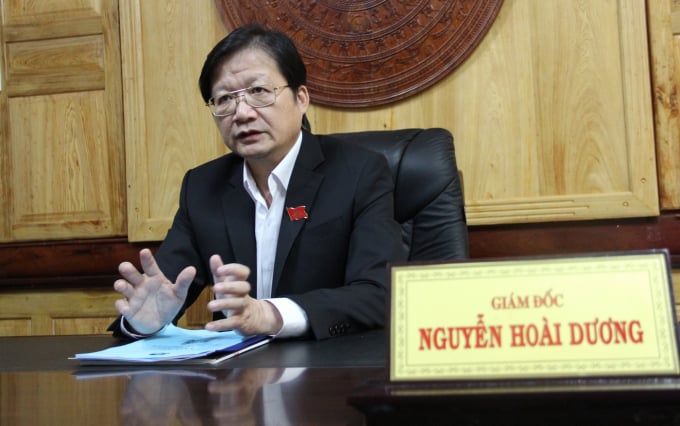
Director of Agriculture and Rural Development Department of the Central Highland province of Dak Lak, Nguyen Hoai Duong. Photo: Quang Yen.
What are the strengths of the Dak Lak Province's agriculture?
Dak Lak Province is at the heart of the Central Highland region, having sufficient transport links with other provinces in the same region and with other regions in Vietnam. It has a diversified soil resource that is suitable for agriculture production, particularly there is about 345,000 ha of fertile basalt red soil in the province. This kind of soil is suitable to grow long-term industrial trees.
With the advantage of land, the province now has a large area of industrial trees. For examples, it has 208,000 ha of coffee with a yearly production of over 476,000 tonnes, about 37,000 ha of rubber with a yearly production of over 34,000 tonnes, about 35,000 ha of pepper with a yearly production of over 74,000 tonnes,
more than 23,000 ha of cashew with a yearly production of about 22,000 tonnes.
It also has over 28,000 ha of fruits like avocado, durian and citrus trees with a yearly production of over 220,000 tonnes.
Its cattle/ poultry population is more than 13.7 million. The province has the biggest swarm of bees in the country with more than 220,000 swarms that produce over 15,000 tonnes of honey yearly.
At present, Dak Lak Province has 735,000 ha of forest and forestry land and about 220,000 hectares of unforested land.
Of the unforested land area, about 170,000 ha is planned to develop production forest land suitable for intensive farming combined with agricultural production.
About 72,000 ha of land are exhausted forests that require investment to restore and enrich forests and then could be used for agricultural production.
In addition, we have about 285,000 ha of special-use and protective forests, with a diversity of landscapes, terrains, rivers, streams and waterfalls which have great potential for developing eco-tourism services.
So far, there are few food processing factories in the province, resulting in a low rate of processed farming products, for example, just 10-20 per cent of coffee undergo deep processing. There is no big fruit processing factory in the province.
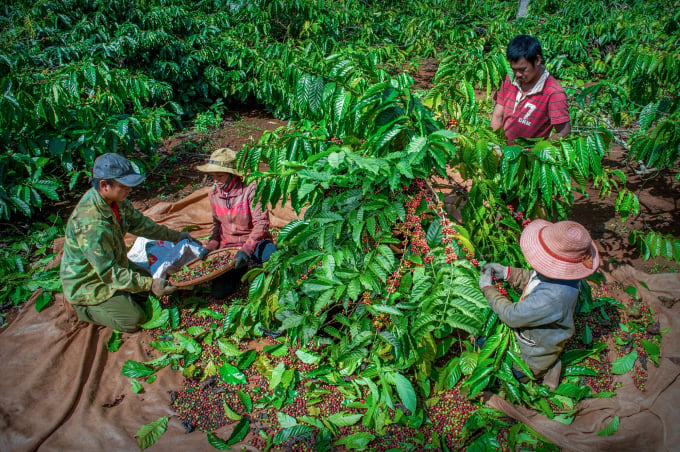
Coffee is among key farming products of the Central Highland province of Dak Lak. Photo: Quang Yen.
Last year, Dak Lak province’s agriculture sector gained growth of nearly 20 per cent, the highest growth in Vietnam. How did enterprises contribute to the growth?
During the period 2016-2020, the province’s agriculture achieved an average growth of 8.39 per cent but last year, it saw a breakthrough with growth reaching 19.41 per cent. Regular drastic directions from the province’s Party, People’s Committee, People’s Council plus the active effective implementation of the agriculture department, relevant agencies, enterprises and farmers made positive achievements.
Particularly, I want to mention the contribution of export enterprises that helped boost agriculture production and consumption in the province.
Last year, despite the COVID-19 pandemic, the province earned more than US$600 million from exporting, especially the exports of coffee, pepper, honey and rubber.
What have you done to attract investors to the agriculture sector?
For years, the province has called on and attracted investors to the agriculture sector, particularly to food processing projects which would help consume local products.
We received some major investors including Sapo Group with a fruit processing project, Hung Nhon Group with a pig farm, Xuan Thien Group with a project on hi-tech agriculture zone in Cư Mgar District, Ea Sup Poverty Reduction Cooperative with a rice production project in Ea Sup District or a sturgeon farm in Lak District of Vietnam Sturgeon Ltd Company.
Under the province’s agriculture restructuring project approved in 2016, we targeted to develop concentrated production areas and production-consumption links.
Until now, in the province, only Trung Nguyen Coffee Group and An Thai Coffee Group could purchase a large amount of coffee that local farmers/co-operatives produce. Some other major companies committed to buying fruit and macadamia.
Meanwhile, other enterprises are mainly small and medium-sized, using outdated technology. Their production hardly joins value chains, making it difficult to form big raw material areas.
What would you do to better attract investors to the agriculture sector?
Post-harvest processing and storing, especially deep processing are very important. To attract investors to this area, we identified two key tasks.
First, we would concentrate on introducing the province’s agriculture advantages to investors.
Secondly, we determined to improve the business environment with support policies and incentives offered to investors. Besides Government’s policies, we would have specific supports to investors.
In addition, the province would continue implementing administrative reforms, simplifying administrative procedures, especially investment procedures.
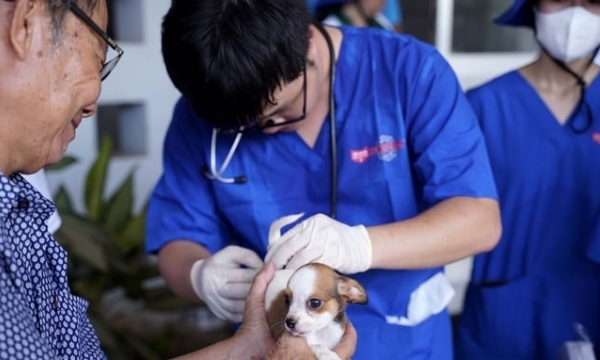
(VAN) Pet owners in Long An province exhibit indifference and a lack of understanding regarding rabies. They maintain the misconception that pet dogs and cats are immune to the disease.
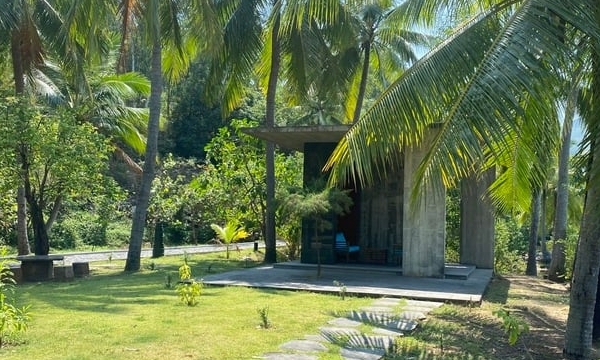
(VAN) The STAR-FARM project is funded by the European Union and implemented in the provinces of Dong Thap, Kien Giang and Tra Vinh, with a total investment of 4.2 million Euro.
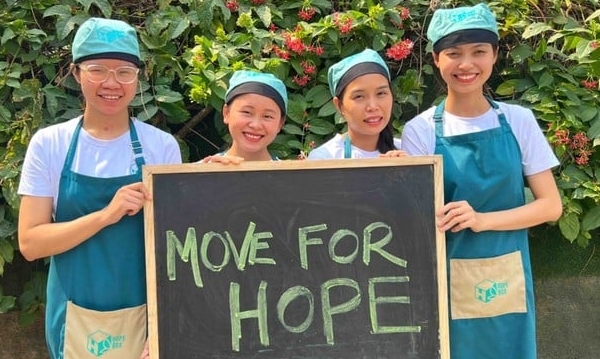
(VAN) The ecosystem and social impact business organizations (SIBs), although still modest in number, is very diverse and dynamic, they have been creating positive changes in many aspects, contributing to building a sustainable future
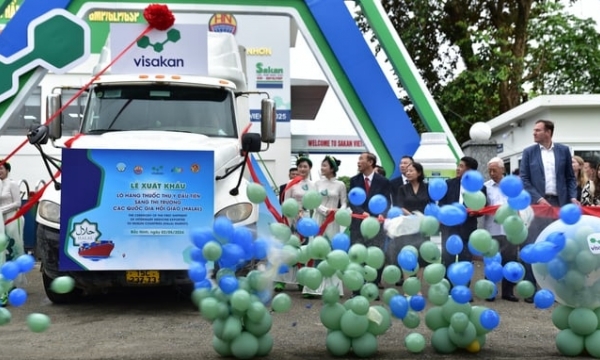
(VAN) Visakan Biotechnology Development Investment Company, a subsidiary of Hung Nhon Group, recently held a ceremony to commemorate its first export shipment of veterinary medicine to the Halal market.
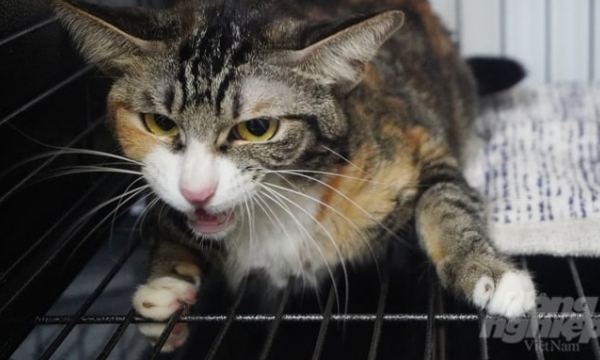
(VAN) If temporary regulations on dog and cat ownership are approved, Ho Chi Minh city will pilot the implementation of microchipping for dogs and cats in several designated areas within the inner city.
/2024/05/02/5303-5730-6-185654_281.jpg)
(VAN) Dr. Pham S, Vice Chairman of Lam Dong Provincial People's Committee: 'Lam Dong has attracted 80 FDI enterprises and 1,550 domestic enterprises to invest in agricultural development, with 150 agricultural cooperatives applying high technology'.
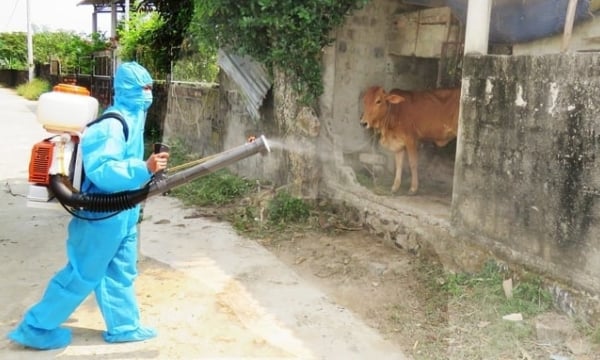
(VAN) An outbreak of Lumpy Skin Disease has occured across four districts in Quang Binh province, prompting local veterinary forces to strengthen prevention efforts.